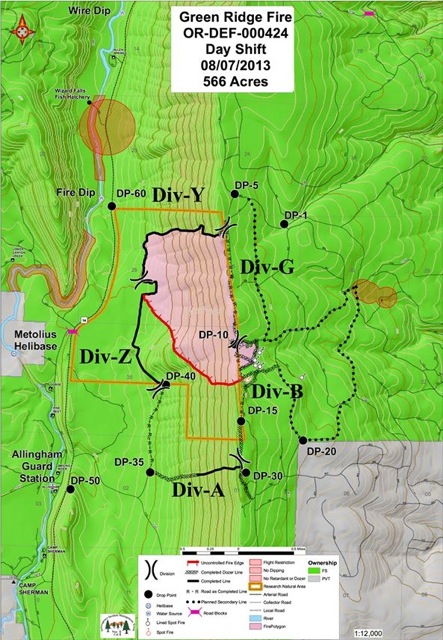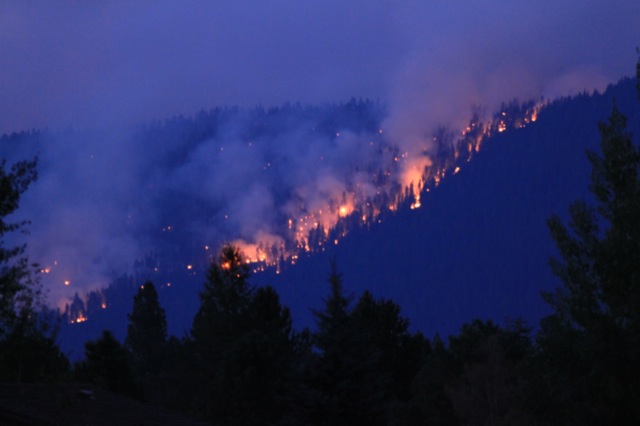OFP2003 pointed out yesterday that Tesla Motors founder Elon Musk has finally revealed what he means by a hyperloop, which he proposes should be built between Los Angeles and San Francisco. As described in detail in this paper, he proposes an elevated tube paralleling Interstate 5 through which capsules or pods move at near-supersonic speeds propelled by linear induction motors.

Claustrophobes need not apply: Hyperloop passengers would be stuck in a windowless seat with limited headroom for the hour or so it would take to get between Los Angeles and San Francisco.
Musk estimates that a tube capable of carrying both people and freight would cost about $7.5 billion to build. Each capsule would have 28 seats, and could depart on two-minute headways. He says this would be enough to carry all six million people who today travel between the San Francisco and Los Angeles areas each year.









